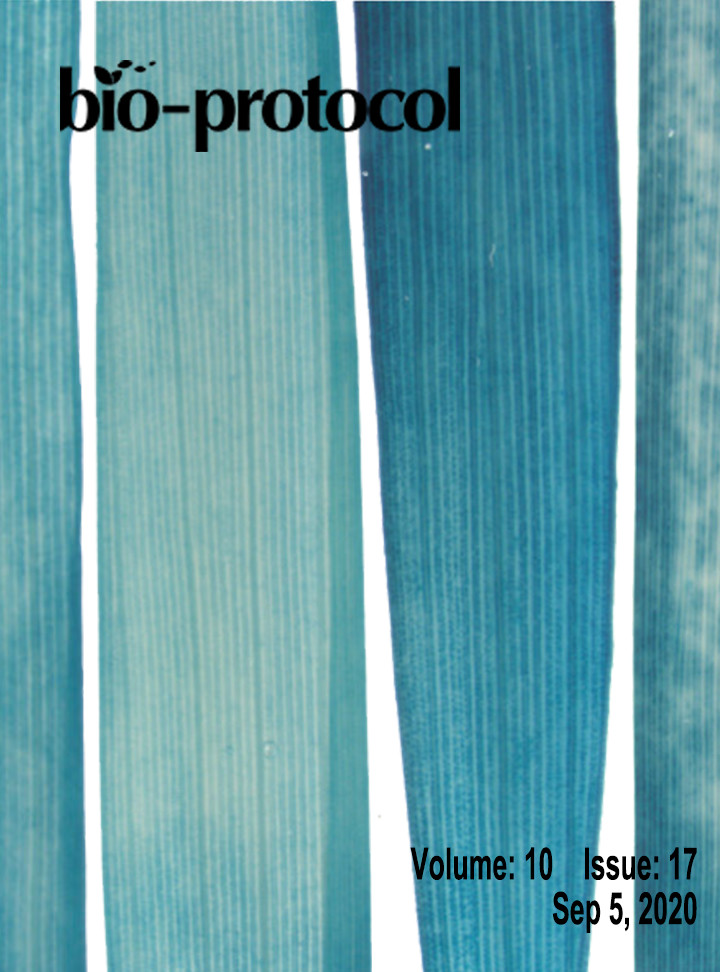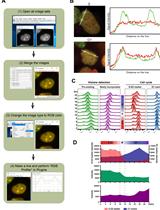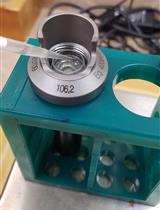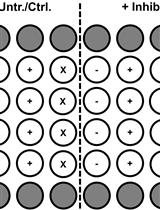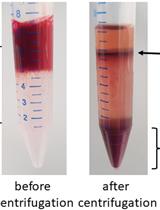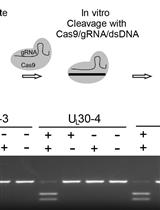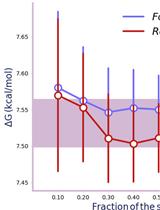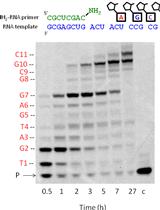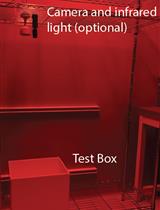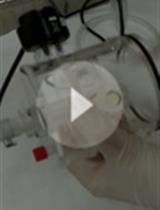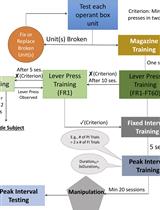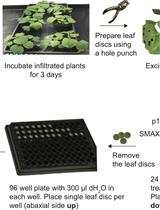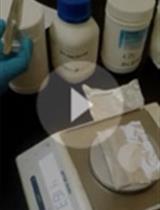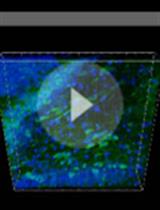往期刊物2020
卷册: 10, 期号: 17
生物物理学
Optogenetic Tuning of Protein-protein Binding in Bilayers Using LOVTRAP
LOVTRAP对双层膜蛋白质结合的光遗传学调控
细胞生物学
An in vitro DNA Sensor-based Assay to Measure Receptor-specific Adhesion Forces of Eukaryotic Cells and Pathogens
基于DNA传感器的真核细胞与病原体受体特异性粘附力的体外检测
Quantitative Kinetic Analyses of Histone Turnover Using Imaging and Flow Cytometry
组蛋白转换的定量动力学成像及流式细胞术研究
发育生物学
Fluorescent Polysome Profiling in Caenorhabditis elegans
秀丽隐杆线虫荧光多聚体分析
免疫学
Flow-cytometric Detection of Low-level Reactive Oxygen Species in Cell Lines and Primary Immune Cells
细胞系和原代免疫细胞中的低水平活性氧的流式细胞仪检测
Multiplication and Growth Inhibition Activity Assays for the Zoonotic Malaria Parasite, Plasmodium knowlesi
人畜共患病疟原虫——诺氏疟原虫增殖和生长抑制活性测定
微生物学
Screening Method for CRISPR/Cas9 Inhibition of a Human DNA Virus: Herpes Simplex Virus
人单纯疱疹病毒CRISPR/Cas9抑制作用的筛选方法
Live-cell Imaging by Super-resolution Confocal Live Imaging Microscopy (SCLIM): Simultaneous Three-color and Four-dimensional Live Cell Imaging with High Space and Time Resolution
超分辨率共聚焦显微镜活体细胞成像(SCLIM):高时空分辨率的三色、四维同步活体细胞成像
A High-throughput Interbacterial Competition Platform
一个高通量细菌间竞争平台
分子生物学
BRIDGE: An Open Platform for Reproducible Protein-Ligand Simulations and Free Energy of Binding Calculations
BRIDGE:一个可重复的蛋白质配体模拟和结合自由能计算的开放平台
Nonenzymatic RNA-templated Synthesis of N3′→P5′ Phosphoramidate DNA
N3'→P5'磷酰胺DNA的非酶RNA模板合成
神经科学
Identification of Socially-activated Neurons
社交激活神经元的识别
Measuring Breathing Patterns in Mice Using Whole-body Plethysmography
通过全身体积描记法测量小鼠的呼吸模式
The Peak Interval Procedure in Rodents: A Tool for Studying the Neurobiological Basis of Interval Timing and Its Alterations in Models of Human Disease
啮齿类动物的峰值间隔程序:研究人类疾病模型中间隔时间及其变化的神经生物学基础的工具
植物科学
Efficient Agrobacterium-mediated Transformation of the Elite–Indica Rice Variety Komboka
农杆菌介导的优良籼稻品种Komboka的高效转化
Ratiometric Measurement of Protein Abundance after Transient Expression of a Transgene in Nicotiana benthamiana
转基因烟草瞬时表达后蛋白质丰度的比例计量测定
An Efficient Inoculation Technique to Assess the Pathogenicity of Pantoea Species Associated to Bacterial Blight of Rice
一种用于评估水稻白叶枯病泛菌致病性的高效接种技术
干细胞
Integration of Human Induced Pluripotent Stem Cell (hiPSC)-Derived Neurons into Rat Brain
人诱导多能干细胞(hiPSC)源神经元与大鼠脑回路的整合


